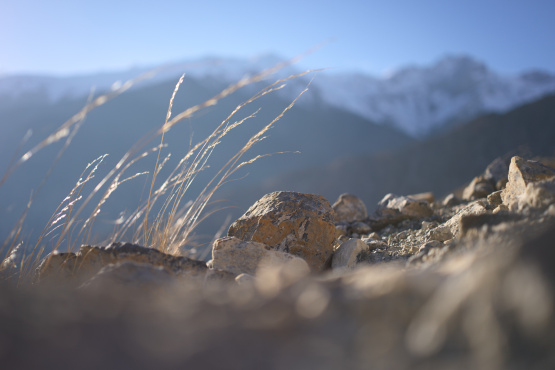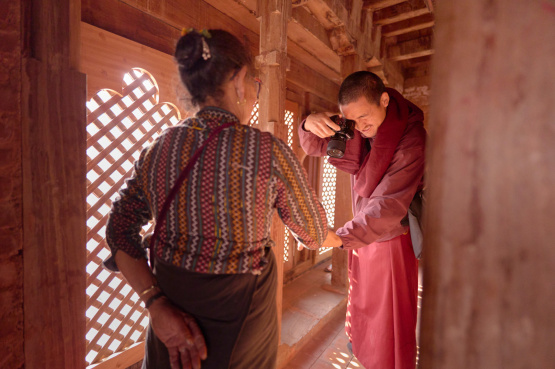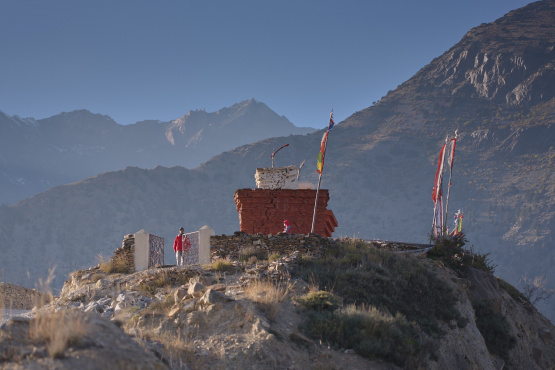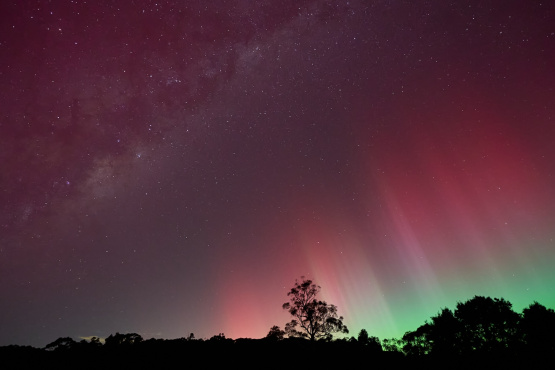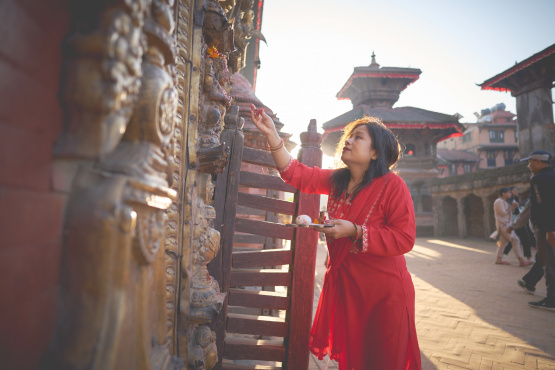This week I was flying home to Australia after a month in the Himalayas, and from a limited selection of inflight movies I started flicking through the documentaries. How could I, of all people, pass up the chance to learn more about snow leopards in Tibet? Sitting in my cosy seat 37,000ft in the sky I was memorised by the beauty of film-making by Marie Amiguet, and the philosophies of photographer Vincent Munier.
While the world was locked away in a pandemic some extraordinary people were putting together one of the most remarkable documentaries I've ever seen. Their subject was not so much the snow leopard itself, but a photographic journey where this elusive creature and it's habitat are the focus of an elegant obsession. Munier waits in the wilderness, attempting to be invisible to his photographic subjects, waiting for those brief encounters when they come to him and his camera.
What this film represents is something far greater than any photograph could contain. It's just a beautifully constructed documentary.
The footage gives you changing perspectives, not always from one view. Mostly we enjoy narration from Munier's companion. The story is intermixed with some stunning wildlife footage, and generous and slow landscape interludes where the distant mist or hoofs are the only movement. You get to immerse in the depth of the Himalayas in it's most remote beauty. It's powerful and gentle.
But even more than a sense of place and its nature, they've managed to capture real moments of expression and exchange between two gentlemen; photographer Vincent Munier and his good friend Sylvain Tesson. Their words are genuine and unscripted, taking place against an epic backdrop. Treasured moments of contemplation that punctuate an arduous journey in a truly harsh environment. Mostly this story feature just the two men, with occasional intersections with local communities and herders.
Munier is a superb photographer. We get to see plenty of his work in the film. And see him at work. It's like a poetry reading, but with light instead of words. As a frequent traveller to the Himalayas I loved every moment of their journey. Envious at times, but also grateful to be sitting in my comfy seat instead of being pushed sideways off a mountain at 5000m.
In the film we are treated to Tibetan Bharal, Pikas, Vultures, wild Yaks, Redstarts, Hoopoe, Accentors, Wolves, Pallas Cats, Hares, Foxes, Horses and a few other special creatures. Such immense diversity of wildlife in what seems like an impossible environment.
For much of the film it feels like we're chasing a ghost. We explore an infamous image Munier captured of a falcon sitting on the edge of a ridge line; months later he examines the falcon more closely on his computer only to see the face of a snow leopard was staring back at him in the background. For all his hiding in the blinds, it is the wildlife that knows best how to remain invisible.
The audio warrants a special mention, with exquisite detail such as the sound of snow falling, dust storms, footsteps, distant flocks of choughs or a falcon flying over head. Nuance it's important when capturing such subtle and gentle stories. We need to hear the landscape, not just see it.
Some of the wildlife encounters are mesmerising. A gradual reveal, followed by more reveals, followed by intense reflection on the nature of humanity and our place in nature. Such encounters speak to our soul, but we are too often powerless to reply.
For me there's an additional fascination for process of making the documentary itself. Marie Amiguet truly is invisible, even more than the snow leopard. We see through her eyes, but without seeing them at all. Like the imprint of leopard tracks inside a cave, the evidence of her existence is obvious yet indirect. Her work is masterful and brings depth to an already immense story.
The trio of Marie, Vincent and Sylvain come together to create a moment in time that is unique and precious. The narration, the documentary and the journey itself are all sublime. We are treated with morsels of wisdom that reflect on humanity and its isolation from wilderness.
"As soon as I'm in a city, I'm a different man. As if I'm playing a role. In nature on the other hand, it's just you. You can't cheat." – Munier
When we do finally get to meet the hero of the tale, his words are equal to the moment – "Your heart skips a beat. It's everything we've renounced. Liberty. Autonomy. Perfect knowledge of the environment."
I tend to think of landscape photographs as being patient souls, but this level of wildlife photography and documentary puts most of that to shame. Dedication on a scale you will rarely observe. This film is a beautiful exploration of photography and our desire to reconnect with the wild. It is an important film. It is the best of us.
If you think you've seen a more beautiful documentary in your life, no you haven't.
– Ewen
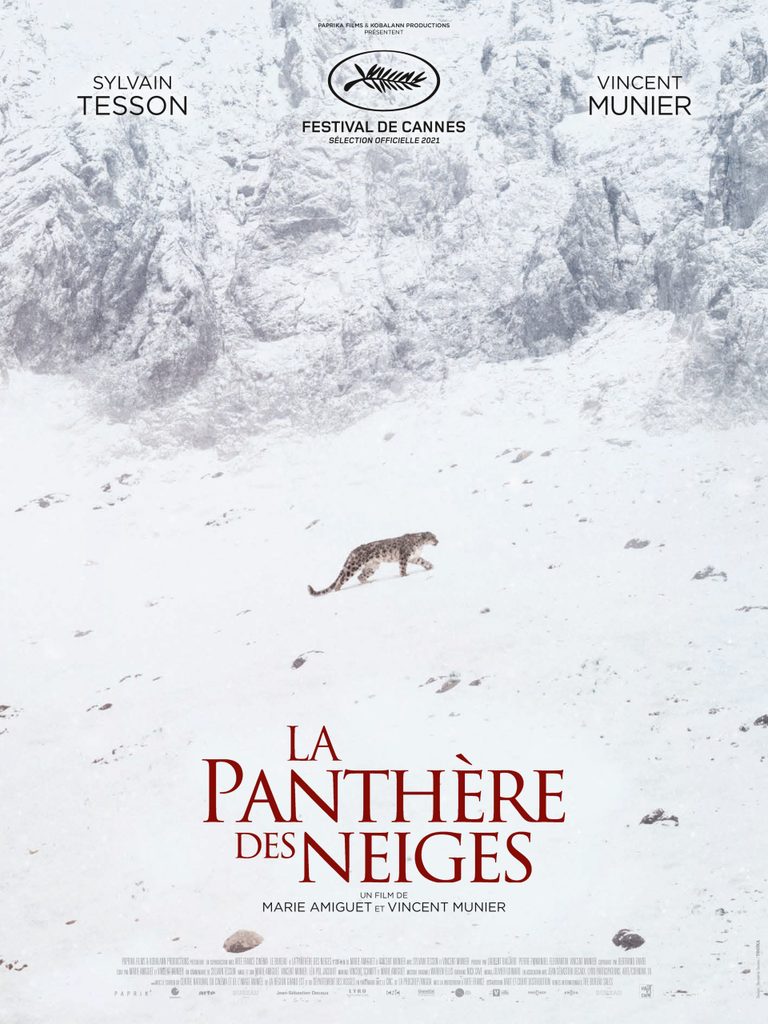

Keep Reading
Join Ewen's newsletter for monthly updates on new photography articles and tour offers...Subscribe Here



